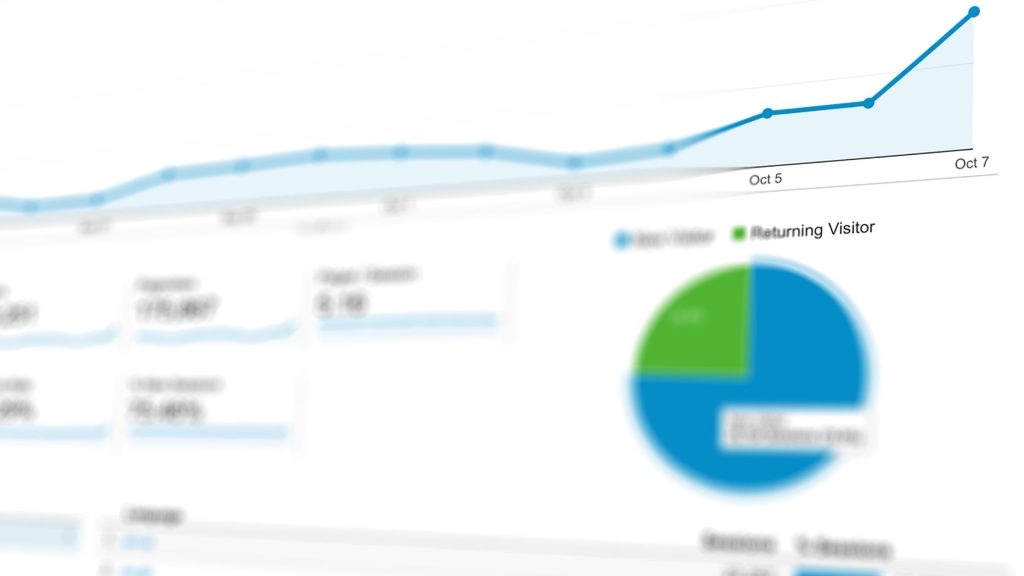Presenting survey data effectively is crucial for researchers and professionals alike. Among the many tools available, the Likert Scale is a popular and widely used method for measuring attitudes, opinions, and perceptions. However, transforming the raw data from a Likert Scale survey into meaningful and insightful visual representations can be challenging.
This article explores how to present Likert Scale data, including the techniques and best practices to help you communicate your findings with clarity, precision, and impact. Let’s unlock the secrets to presenting Likert Scale data like a pro!
| ☑Quick Answer |
| To present Likert Scale data, use descriptive statistics – such as mean scores or percentages – for every response category to summarize the results. Use stacked bar charts or bar charts for visualizing the distribution of responses. Present all crucial findings while highlighting significant trends or patterns observed. |
Understanding Likert Scale Data
The Likert Scale is one of the most used rating scales in surveys and research. It is used for measuring individuals’ opinions, preferences, attitudes, and perceptions. Rensis Likert, a psychologist, developed the Likert Scale, and since then, it has been used extensively in market research and social sciences.
The Likert Scale consists of several items or series of statements to which respondents heartily showcase their level of disagreement or agreement on a programmed response scale.
Preparing Likert Scale Data for Presentation

Preparing Likert Scale data for presentation involves a few steps to ensure the accuracy, reliability, and consistency of the collected data. This process is divided into the following:
- Data collection and organization
Ensuring all responses are reliable is crucial when collecting Likert scale data. This can only be achieved via well-designed questionnaires or surveys, avoiding ambiguous questions or statements, employing clear options, and using appropriate response options.
The collected data must be consistent and accurate, which is measured by careful monitoring when collecting the data to minimize errors. Clear instructions must be provided for completing the questionnaire.
- Data cleaning and pre-processing
This involves removing invalid or incomplete responses, handling missing values, and doing away with all responses that fail to meet pre-defined criteria for validity.
- Transforming Likert Scale data into numerical values
Likert Scale data usually makes use of ordinal categories – such as strongly agree, agree, neutral, disagree, and strongly disagree. Therefore, it is common practice to convert Likert Scale responses into numerical values for visualization.
This is done by assigning values or numerical codes to every response option, considering the magnitude between the options or the relative distance.
- Visualizing Likert Scale Data
Visualizing Likert Scale data is crucial for effective understanding and communication of the responses obtained via this popularly used rating system. Representing data and extracting meaningful insights involves choosing the most appropriate visualization technique.
Some of the most popular ones include:
- Bar charts
This is an uncomplicated way of displaying Likert scale data. Every response category is represented with a separate bar chart. The height of every bar indicates the percentage or frequency of responses in that specific category.
- Diverging stacked bar charts
These are perfect for visualizing Likert scale data that includes negative and positive responses. It allows the readers to see the distribution of responses on both sides of the Likert scale. Negative and positive segments branch out from a central point.

- Stacked bar charts
These are useful for comparing the distribution of the responses across several Likert scale items. Every bar represents the total response count for each item. Different segments in the bar match the numerous response categories.
- Absolute frequencies
These indicate the number of responses within every category. Including this vital information helps readers to understand the distribution of responses, especially in terms of raw counts.
- Heatmaps
Heatmaps are essential for presenting large amounts of Likert scale data. They often utilize color gradients to represent percentages or response frequencies. This makes it easier to pinpoint trends and patterns across several dimensions or items.
Frequently Asked Questions (FAQs)
- Is a Likert Scale quantitative or qualitative?
Data obtained from Likert Scales are quantitative since they assume equal intervals between points.
- What are the problems with Likert Scales?
The problems with Likert Scales include unequal responses. This makes it challenging to rank the answers obtained. That is, today, the distance between each response is not measurable or equal distance.
Conclusion
Learning how to present Likert scale data is crucial for accurately conveying survey results and insights. By following the guidelines discussed in this article, such as organizing the data, choosing appropriate visualizations, and providing clear explanations, researchers and analysts can enhance the impact and understanding of their findings.


